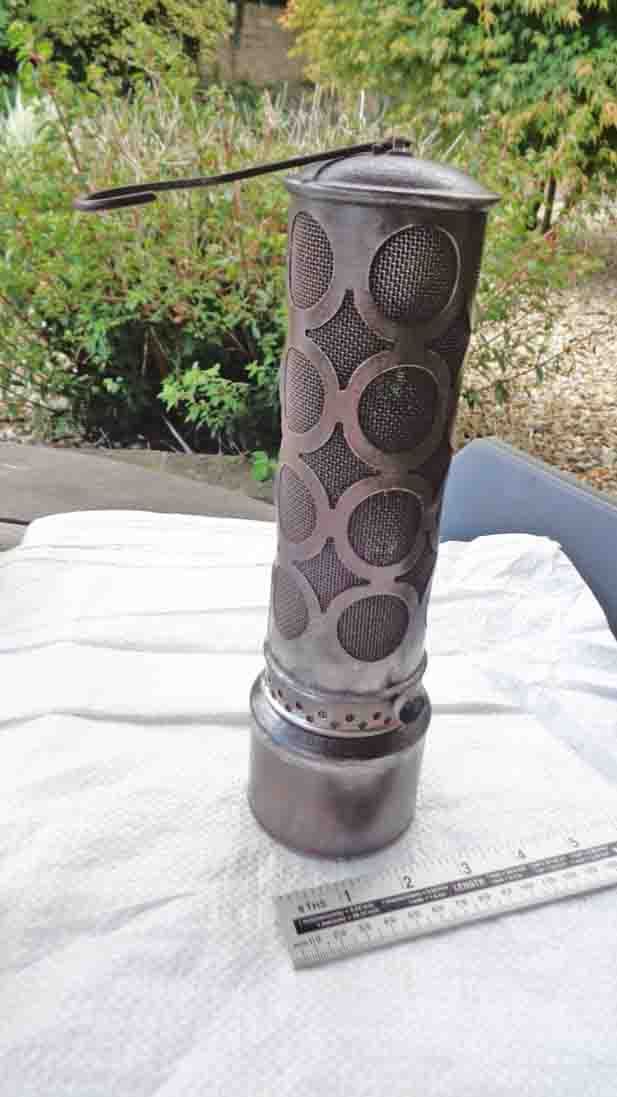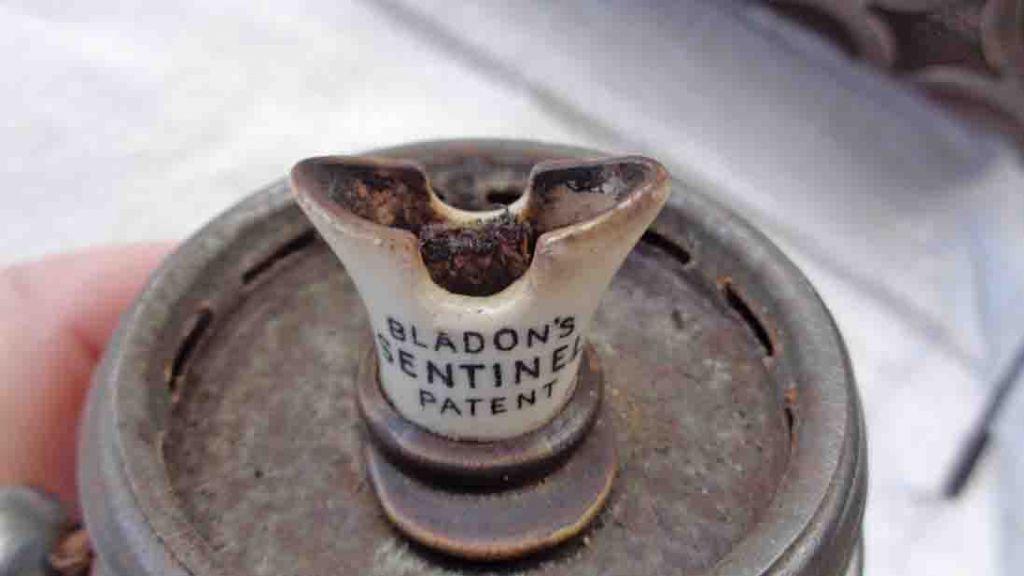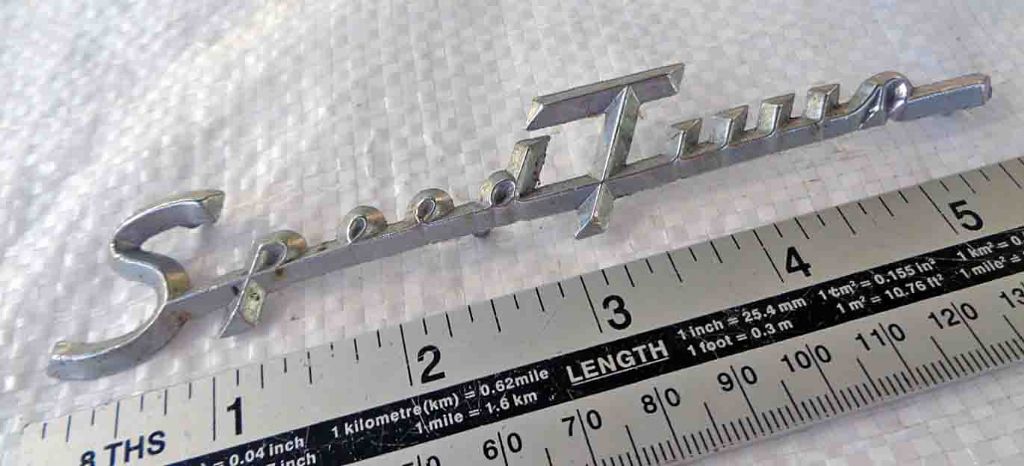Yes, it's an under-bonnet heater for a car. We had one at home when I was little. We also had a mains electric heater whose trade name, if I remember correctly, was 'Peter the Heater', though that relied on having a mains supply available in the garage. Those without heaters had to drain down the engine and radiator at night and refill it with hot water from the kettle in the morning.
Dad told me that when the idea of antifreeze spread after the war, it was said that methanol was very effective. So it was, in the ordinary way of things. However, we lived on the hill at Odd Down on one side of Bath, and he worked on the hill at Lansdown on the opposite side. The only way from one to the other was right down into the valley and up the other side.
Our Morris 12, like most pre-war cars, had no thermostat or water pump and relied on thermo-siphon for circulation. It had a radiator muff to prevent the cold air from freezing the water in the radiator while it was still cold. (which gave the surprising effect that the engine boiled because there was no circulation). If you forgot to stop and roll up the opening panels in the muff when the engine got hot, it boiled anyway…
Dad was keen to try antifreeze because it did away with heaters, muff, stopping and all that palaver. On the first morning all was well until Dad was about three quarters of the way up Lansdown and the coolant reached the boiling point of methanol. There was a gurt belch of fumes, and no more antifreeze. After this happened at the same spot for the third morning, Dad gave up and went back to Peter the Heater until ethylene glycol based antifreeze became available some years later.
Our 1950 Morris Oxford (the one which looks like an over-inflated Minor) had a radiator blind fitted inside the radiator grille, with a cord arrangement to pull it up and down from inside the car. Luxury indeed for the driver.
You young 'uns don't know you're born, etc.
George
Tim Stevens.







